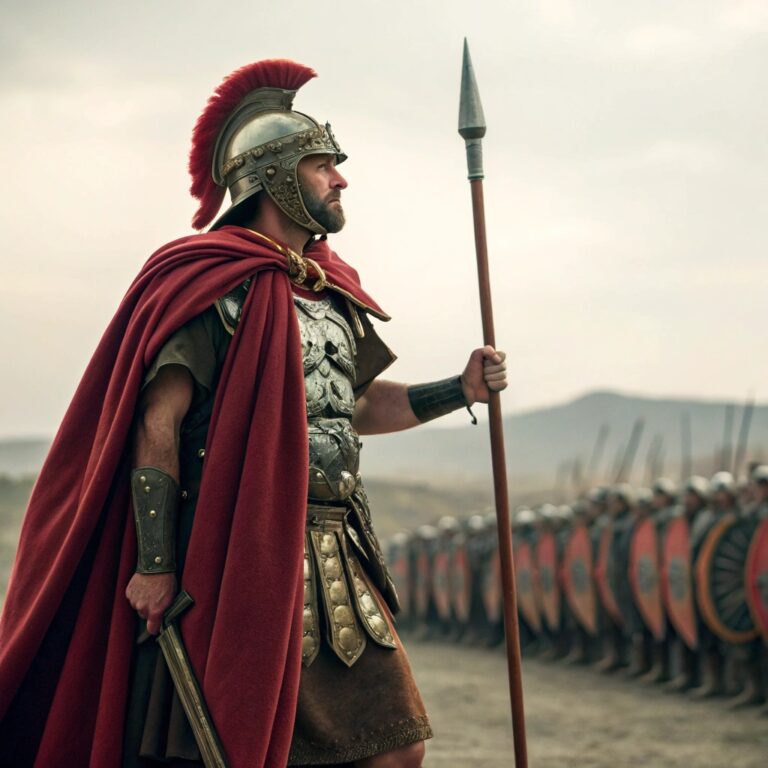
The History genre turns the past into a living, breathing story. It reveals how people, events, decisions, and ideas have shaped the world we live in today. Far from dry timelines and dusty names, great history books bring the past to life—full of drama, complexity, courage, conflict, and consequence.
Whether you’re exploring ancient empires, revolutions, biographies, or hidden histories, this genre is about understanding the forces that have defined civilizations and continue to echo in the present. History doesn’t just inform—it challenges perspectives, questions myths, and helps us make sense of the world.
The History genre often explores:
Major World Events: Wars, revolutions, migrations, discoveries, and turning points that reshaped nations and cultures.
Biographies of Influential Figures: Deep dives into the lives and legacies of rulers, thinkers, activists, and changemakers.
Cultural and Social Histories: Stories of everyday people, traditions, movements, and how societies evolved.
Hidden or Untold Histories: Shedding light on overlooked voices and marginalized narratives that history books once left out.
Thematic and Analytical Approaches: Exploring broad trends, patterns, or ideas across time, like democracy, religion, or technology.
In the hands of a good storyteller, history becomes urgent, emotional, and unforgettable.
Writing in the History genre is about uncovering truth—and telling it well. Whether you’re compiling research or narrating a forgotten chapter of the past, your book should educate and captivate. Here’s how to begin:
Choose a Specific Focus or Lens
Start with a clear angle. Are you telling a national story? A biography? A cultural snapshot? The tighter your focus, the more vivid your narrative can be.
Do Deep, Trustworthy Research
Use credible primary and secondary sources. Footnotes, archives, interviews, and historical documents form the backbone of good historical writing. Accuracy is your credibility.
Tell a Story, Not Just a Sequence of Facts
History is full of characters, conflicts, and stakes. Treat your narrative like a drama—set the scene, build tension, and give readers a reason to care.
Humanize the Past
Bring history to life through personal stories, journal entries, letters, and dialogue when possible. Let readers see, hear, and feel what people of the time experienced.
Contextualize Without Overwhelming
Provide necessary background without derailing the momentum. Explain how events connect, but don’t let footnotes take over the narrative.
Challenge Assumptions and Myths
History isn’t just what happened—it’s how we remember and interpret it. Encourage readers to question conventional wisdom and consider multiple perspectives.
End With Relevance
Draw connections between past and present. Why does this history matter now? What lessons remain? A great history book leaves readers with insight—and perhaps even action.
These standout works reveal not just what happened—but why it matters:
A People’s History of the United States by Howard Zinn
Did you know? Zinn retells American history from the perspective of the oppressed—laborers, women, minorities—challenging traditional hero-centered narratives.
Guns, Germs, and Steel by Jared Diamond
Did you know? This global history analyzes how geography and environment—not race—shaped the unequal development of civilizations.
The Diary of Anne Frank by Anne Frank
Did you know? Written by a teenage girl in hiding during the Holocaust, this personal journal humanizes the horrors of WWII with heartbreaking clarity.
The Silk Roads by Peter Frankopan
Did you know? This sweeping book shifts the historical focus away from the West, highlighting Asia’s central role in trade, power, and innovation for centuries.
Stamped from the Beginning by Ibram X. Kendi
Did you know? Kendi’s history of racist ideas in America blends biography, social analysis, and cultural critique to trace how prejudice evolved—and how it persists.
Focuses on battles, strategy, wars, and the lives of soldiers and commanders.
Example: The Second World War by Antony Beevor
Tells the stories of everyday people and explores how traditions, norms, and customs changed over time.
Example: At Home by Bill Bryson
Centers on influential individuals whose lives defined an era or sparked change.
Example: Alexander Hamilton by Ron Chernow
Explores the rise, evolution, and impact of religious movements and beliefs.
Example: A History of God by Karen Armstrong
Zooms in on a single event, object, or moment to tell a broader story.
Example: Salt: A World History by Mark Kurlansky
Ready to share your story?
Tell us what you need—we’ll help bring your book to life.
